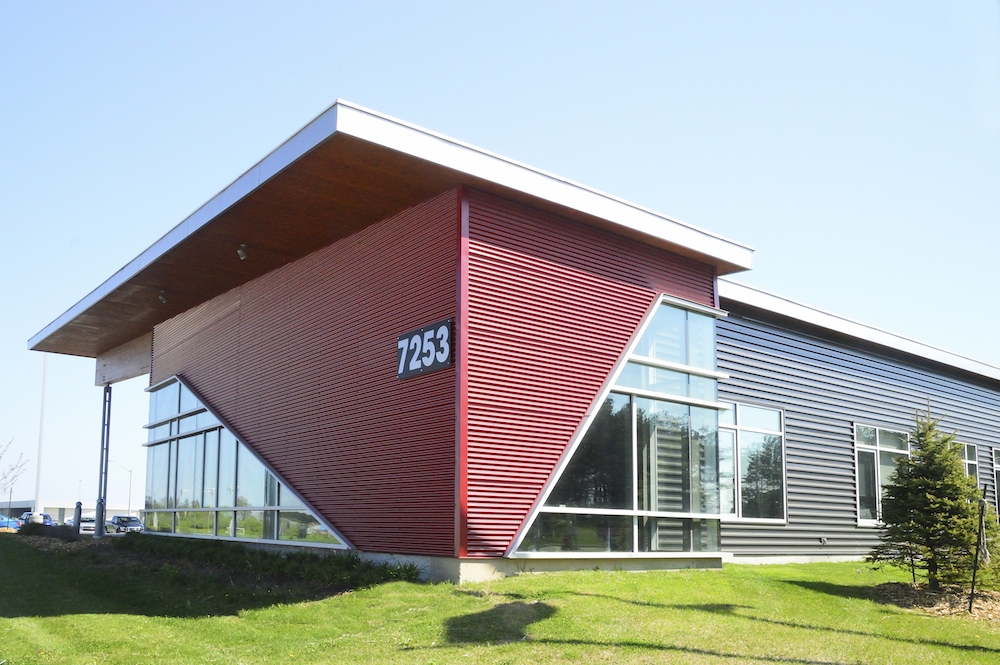Alternative Means of Proving Compliance with the National Energy Code for Buildings 2011

The National Energy Code for Buildings (NECB) was published in the fall of 2011. It is a National Model Code that can be adopted by the Provinces and Territories to the extent it meets their needs. At the present time five provinces have adopted some energy conservation regulations. The NECB applies to the construction of new buildings that are required to meet the provisions of Part 3 of the National Building Code of Canada, or the applicable Provincial Building Code.
There are four paths through which building designs may comply with NECB 2011:
1.The Prescriptive Path (Section 3.2) in which assemblies and components must meet minimum prescribed performance requirements.
2. The Simple Trade-off Path (Sub-Section 3.3.3) in which certain assemblies or components may not meet the prescribed performance requirements, while other assemblies or components exceed the prescribed performance requirements, such that the overall performance of the building will not use more energy.
3. The Detailed Trade-off Path (Sub-Section 3.3.4) in which a computer model is used to establish a reference building envelope energy target. Some components are permitted to be less energy efficient provided it can be demonstrated the building envelope will not transfer more energy than the building envelope energy target.
4. The Performance Path (Section 3.4) in which the Trade-Off methodology is extended to include equipment inside the building, (i.e. fans, appliances, elevators, etc.) and a computer model is used to determine that the building assemblies, components and equipment in aggregate, will not use more energy than the reference building envelope energy target.